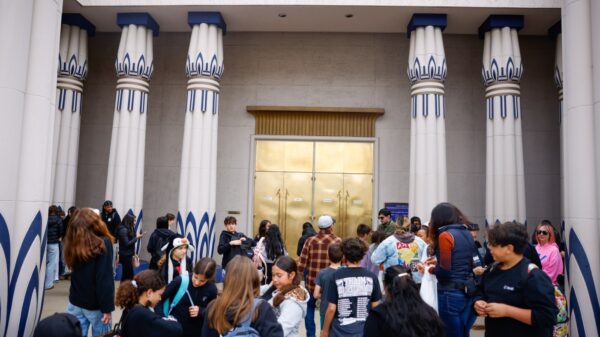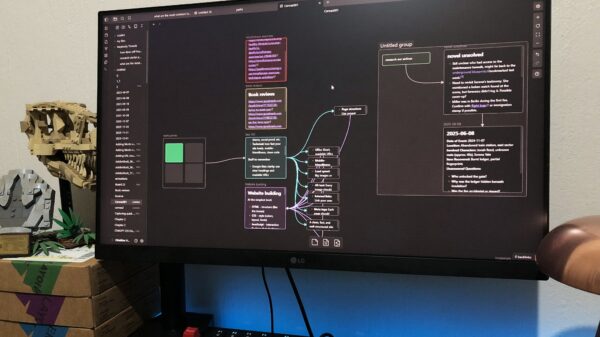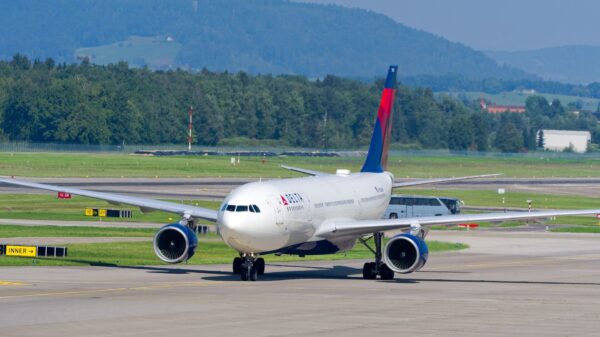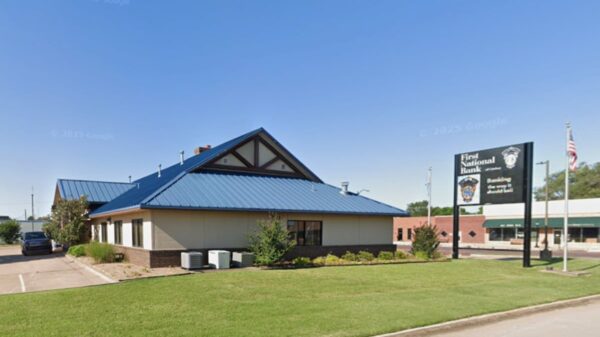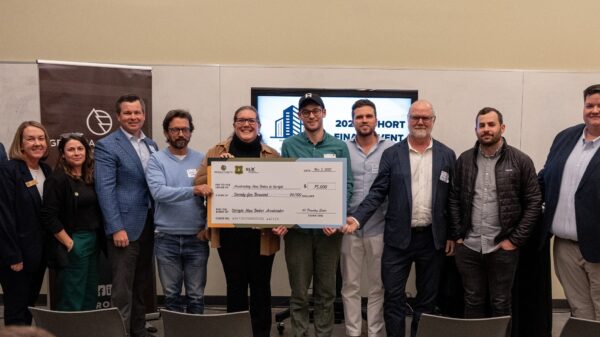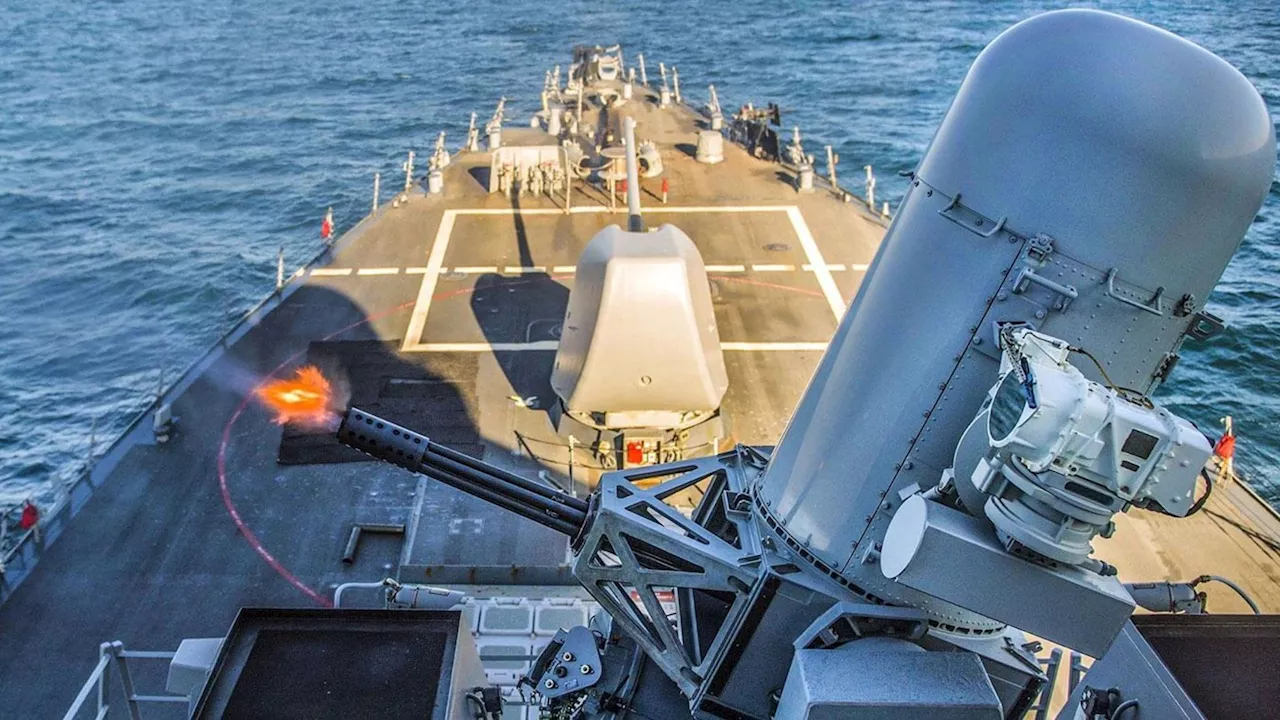Researchers from the United States have achieved a significant advancement in robot swarm intelligence, taking inspiration from the natural behaviors of birds and schooling fish. This innovative technology holds considerable promise for applications in rescue and medical robotics, potentially transforming how these fields operate in critical situations.
The breakthrough was revealed in April 2023 during a conference organized by the National Science Foundation. Scientists from the University of California, Berkeley, showcased their findings, demonstrating how mimicking the collective movement patterns observed in nature can enhance robotic coordination and efficiency. This new approach allows robots to work together more effectively, improving their ability to navigate complex environments.
Studies have shown that fish and birds exhibit remarkable group dynamics when they move in unison. By analyzing these behaviors, researchers have created algorithms that enable robot swarms to mimic these patterns. For instance, a swarm of robots can now swiftly adjust their formations to respond to obstacles or changes in the environment, much like a flock of birds altering their flight path.
Dr. John Smith, a leading researcher in the project, explained the impact of this development. “By understanding how collective behavior works in nature, we can apply those principles to create robotic swarms that are not only autonomous but also adaptable,” he stated. This adaptability is crucial for rescue missions, where conditions can change rapidly and unpredictably.
The potential applications for this technology are vast. In rescue scenarios, swarms of small, agile robots could be deployed to search through debris after natural disasters, coordinating their movements to cover more ground efficiently. In the medical field, robotic swarms could assist in surgeries or patient care, working alongside human professionals to streamline processes.
Funding for this revolutionary project has primarily come from grants by the National Science Foundation, emphasizing the importance of federal support for innovative research. As the technology progresses, further investment is anticipated, which could lead to more comprehensive trials and eventual deployment in real-world situations.
Looking ahead, the researchers are focused on enhancing the communication systems within the swarms. By improving how these robots share information about their surroundings, they can further refine their collective decision-making abilities, making them even more effective in dynamic environments.
The implications of this research extend beyond immediate applications. The insights gained from studying swarm intelligence could also inform the design of future robotic systems across various sectors, potentially leading to greater efficiencies and capabilities in fields ranging from agriculture to environmental monitoring.
As this field of research continues to evolve, the collaborative efforts of scientists and engineers will play a critical role in unlocking the full potential of swarm robotics. With ongoing support and innovation, the dream of utilizing robotic swarms for comprehensive rescue and medical assistance is becoming increasingly plausible, promising to change the landscape of these essential sectors in the near future.




